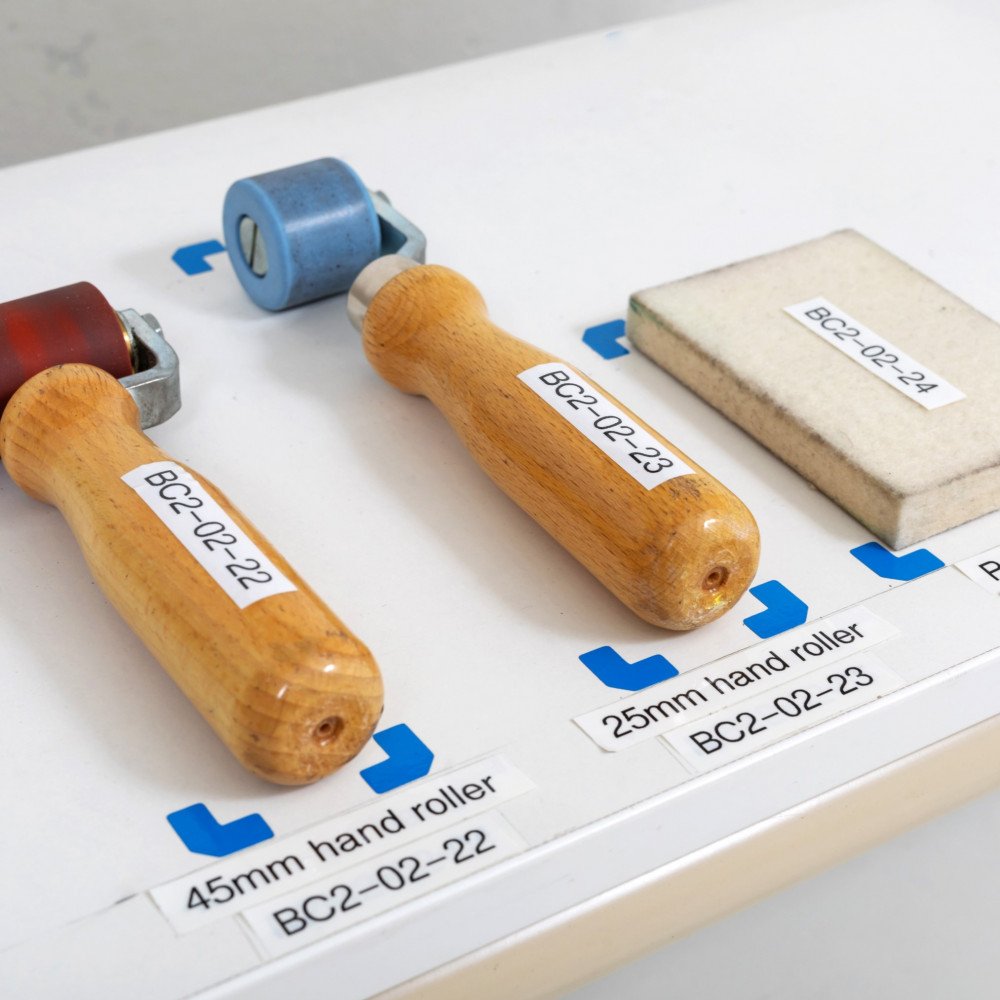The 5S is the most common productivity development (LEAN) method that lays the foundation for continuous improvement in the GEMBA. (GEMBA = real location).
The essence of 5S is that it lays the foundation for other Kaizen activities. It develops a culture (behavior) and system in employees that improves the transparency of work processes, helps maintain order and cleanliness, and brings to the surface the exploration and resolution of problems in the process. 5S creates a corporate culture in which people pay attention to and consciously maintain and improve their work environment.
5S encourages the organization, improves employee attitudes, discipline and the image of the company.
Every company that wants to acquire new customers or keep in touch with existing ones sells its own production capability with the help of 5S, which the customer can see during a site visit. work environment.
A company that uses 5S has fewer accidents, scraps, and downtime. And how can that be?
With the introduction of 5S, a company can achieve about 10-20% productivity growth. What does this number consist of? A lot of unnecessary losses (searching, unnecessary movements, packing, scrap, machine failures, unnecessary travel ..) can be eliminated in a standardized, organized work environment.
Introduction of 5S
The 5S is not simply about tidying up and cleaning, but a process organization tool that forms the operating system and conditions of the process on the membrane (where we put the materials, where we store them, where to take the individual tools).
With the introduction of 5S, we work with employees to create a safe, appropriate layout and work environment for the process and to establish a daily routine to maintain that work environment. When deploying a 5S at a company, it’s important that employees feel at ease and don’t think they’re forcing a system on them from above. It is very important that a system is developed with the workers that is accepted and followed at a later date.
The 5S method is an extremely simple, easy-to-understand technique that is the basis for the successful application of any other more advanced productivity improvement technique. When implementing it, it is important to use appropriate, durable marking tools to ensure that the design lasts not just for a few days, but even for several weeks or months.
The essence of the method: Creating the right work environment. 5S is an abbreviation for five Japanese words. Of which the first 3 contain practical steps and the last 2S are intended to ensure the sustainability of the system.
- Seiri (Selection or Sorting): Get rid of unnecessary things in the workplace. based on usage, we decide whether it is necessary or not.
If you have to think for more than 3 seconds that it is necessary, then 99% of the workplace does not need the given object. Remove these and mark them with a RED TAG card so we can decide later if they are needed or discarded. - Seiton (Seting in order): Put everything in place! Placing, arranging and marking the necessary tools in an easy-to-use manner so that they are easily accessible. The equipment needed for production is optimally located - the most frequently used equipment can be reached as quickly and conveniently as possible. This is followed by clear floor marking and labeling of storage locations and traffic routes. The point is to have each object (according to the requirements of the job) in place and put it in place. Everyone knows what a normal condition is and if they see a discrepancy, they act.
- Seiso (Shining or Sweeping): Cleaning the work area, work area and equipment. Eliminate sources of contamination and clean up invisible areas. Purity is the main tool for recognizing anomalies. During regular cleaning, make sure there are no abnormalities in the area. When cleaning, consciously look for abnormal conditions. As part of this step, it is advisable to establish a daily routine for checking and maintaining cleanliness. It is important that responsibilities are clearly defined and that everyone feels it is their responsibility to maintain cleanliness in their own territory. The goal is to make this operation part of your daily routine so that 5 minutes is enough at the end of each shift.
- Seiketsu (Standardization): Setting up a cleaning plan. Consolidation and standardization of the first 3S. We need to determine the best method and stick to it. Seiketsu encourages us to think creatively to change the processes that have become commonplace over the years. Deviation from the standard should be made visible through visual guidance. Its purpose is to prevent a setback for the first 3S. Maintaining a high level of order and organization in the workplace through continuous evaluation and feedback (5S audits, photography from a permanent location, information visual boards).
- Shitsuke (Sustaining): Daily, practical use of the achieved results, maintaining continuous improvement. Training all employees to have up-to-date knowledge. The goal is to maintain 5S in your daily routine, make it a habit, and follow it without ongoing managerial control. Shitsuke also includes regular audits and the recognition and reward of employees and teams.
The 5S can be used in any area where work is being done.It is used mainly in the field of production and logistics, in order to maintain the orderliness and cleanliness of the shop floor. The application of 5S in the office areas can bring similarly significant results.

